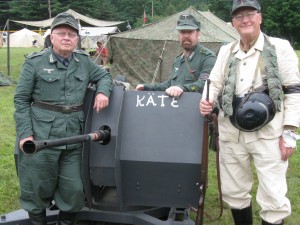
Bill Donegan (aka. Helmut Heudlass) reports from the front at Tidioute, PA on this past weekend’s reenactment of the capture of the Ludendorff Bridge by American forces.
I was wounded on the eastern front and was sent to Remagen to the hospital to recuperate. When released from krankenhause I was permitted to stay in the home of some friends and relatives who live in Remagen. It was March 1945. Remagen was a town situated just west of the Rhine and north of the Ahr rivers. It was south of Bonn and north of Coblenz. The Ludendorff Bridge was within walking distance of where I was staying at 194 Haupt Strasse.
Captain Willi Bratge had been sent to Remagen on November 1, 1944 as commander of the bridge security company. He was also the combat commander of the whole Remagen area. His soldiers were from the 80th Grenadier Replacement and Training Battalion, and were mainly wounded infantrymen who were on the mend. Many still had their wounds dressed daily at the hospital in Linz across the river.
The defenses at Remagen consisted mainly of rifles, two English and two German machine guns, three Polish machine guns, three Russian mortars, and an Italian anti-tank gun. As soon as the convalescents became well enough for combat they were transferred out so there was a steady stream of new freshly wounded who had to be retrained on all these different weapons.
In the beginning of February Bratges men numbered 300 but at the end of the month only 41 men were left.
There were foreign laborers digging foxholes, constructing bunkers. even though Remagen was considered an area behind the lines, preparations were under way to defend the bridge.
The volkssturm, which was under the control of the local Nazi officials, was constructing anti-tank obstacles and road blocks. These were done mainly just to draw fire from the enemy away from the houses where women and children were living. Most of the volkssturm were eager to surrender as they knew this was the way to protect their homes from being blown up. The wounded soldiers liked this idea because it made surrender easier for them also.
The command at Remagen was confusing. The troops under Bratge’s command were under the control of the Replacement Army, but the regular German ground forces came under the field Army command. The two headquarters competed for and conflicted the command. The army was technically under German Seventh Army. Some of his replacements were coming from 105th Convalescent Battalion under the Replacement Army. Captain Karl Friesenhahn was the commander of a company of German Engineers, he had been a member of the Nazi party since 1933 so he adhered to the party line, but he was a capable and experienced office who had fought in the first world war.
There were also other semi-military units at Remagen: Luftwaffe, who manned the anti-aircraft guns, ss troops, Organization Todt, RAD, Hitler Jugend, signals and supply companies, plus 120 Russian “volunteersâ€.
There was a shortage of motorized vehicles but an over abundance of bicycles.

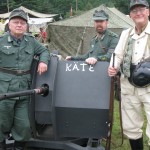
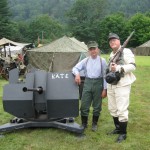
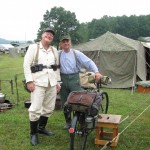
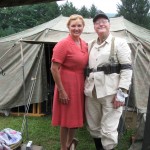
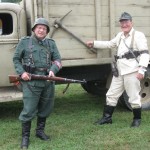
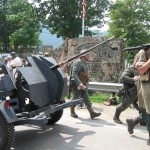
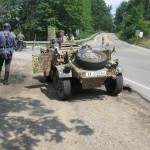
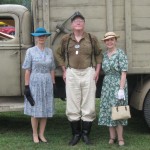
Leave a Reply